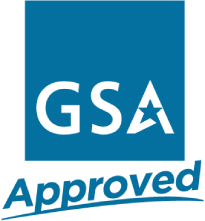Difficult Airways

A difficult airway refers to a medical situation where a healthcare professional experiences trouble with face mask ventilation of the upper airway, difficulty with tracheal intubation, or both. This scenario is one of the most challenging and critical conditions encountered in anesthesia, emergency medicine, and critical care settings. The difficulty can arise from various anatomical, physiological, or situational factors that make it hard to maintain an open airway or perform an intubation.
Anatomical factors might include abnormalities or variations in the structure of the patient's mouth, throat, or neck. Physiological factors could involve issues with the patient's respiratory function or health conditions that complicate normal breathing or intubation procedures. Situational factors might include emergencies where there is limited time or equipment available.
Managing a difficult airway requires specialized knowledge, skills, and equipment. Healthcare professionals often follow established guidelines, such as the Difficult Airway Society (DAS) guidelines, to assess and manage these situations effectively. Strategies may include the use of alternative intubation devices, such as video laryngoscopes or fiberoptic bronchoscopes, and techniques like awake intubation or the use of supraglottic airway devices. In extreme cases, surgical methods like cricothyrotomy may be necessary to secure the airway.
"We are adding more and more products everyday.
Can't find it, Call us we have it."
Customer Service: (844) DIAL-LIVE (844) 342-5548
Monday - Friday (10:00AM - 2:00PM PST)

